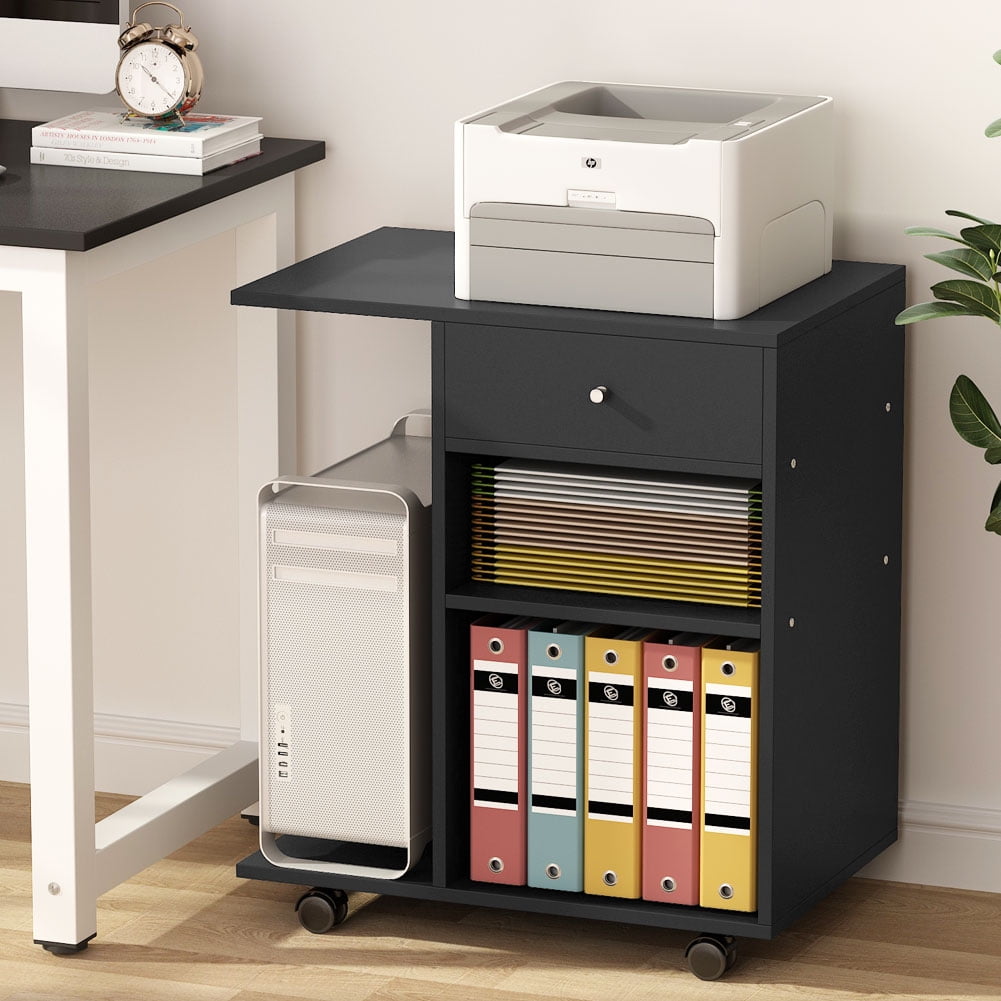
Depending on how many files you work with, you can also have further subfolders for each week although it’s probably over kill. With a date-based structure, you normally have a folder for each year with a subfolder for each month. Even if each project or client folder is a little bit messy, things will be a lot better than they were. It’s so simple to stick to and it'll give your computer a bit of much needed organization. In general, I’d recommend going with a project or client set up by default. The solution there is to use one of the two following set ups within your project or client folders. The other time you might run into difficulties with a project or client set up is when there are lots of different files so each folder is a total mess.

Similarly, duplicate files are almost never the answer.

You can shave a “General” project file folder, but that can quickly create more problems than it solves. Where a project or client-based file system starts to fall apart is when you deal with a lot of general files that have to do with multiple projects or the organization as a whole. If you've got multiple projects for the same clients, you can either give each project its own top-level folder or have individual project folders within each client folder. If file B is to do with client Y, then, shockingly, it goes in folder Y. If file A is to do with client X, it goes in folder X. What makes a project or client set up work so well is that it’s brainless. Within each project or client folder, you keep all the relevant files and documents. Every project or client-how you split things up really depends on what sort of work you do-gets its own dedicated folder. Project or Client-Based File Organization SystemĪ project or client-based structure is perhaps the simplest to stick to. You should pick the method that seems to fit your workflow best and stick to it. Let’s look each way to organize computer files. There are pros and cons to each method of organizing folders and you can use a combination, for example grouping everything by project but within each project grouping things by file type or grouping everything by year but within each year grouping it by client. There are three main ways you can structure your file system: project or client-based, date-based, and file type-based.

Computer file storage how to#
How to Organize Computer Files: Decide on a Structure With that out of the way, are you ready to learn about organizing folders? Let’s get started.
Computer file storage full#
Remember, like with any goal-and we've got a full guide to goal setting you should check out-consistency is the most important thing. On the other hand, if you can’t even keep your shirts and your socks separate, then you need to start with a really simple set up that you'll be able to stick to. I want you to go and look in your closet if everything is neatly organized, great, you can start with the advanced stuff. Your first priority, then, is to implement a system you can actually stick to.

There’s no point setting up an intricate file system where every folder is colour coded, tagged, and cross referenced with every other folder. Now, before diving in we need to address the biggest problem with any file organization system: you. You’ve got files all over your desktop, a Downloads folder crammed with app installers from two years ago, and who knows where the file that Jason from Billings needed yesterday is. If you’re reading this, there’s a good chance your computer is a mess.


 0 kommentar(er)
0 kommentar(er)
